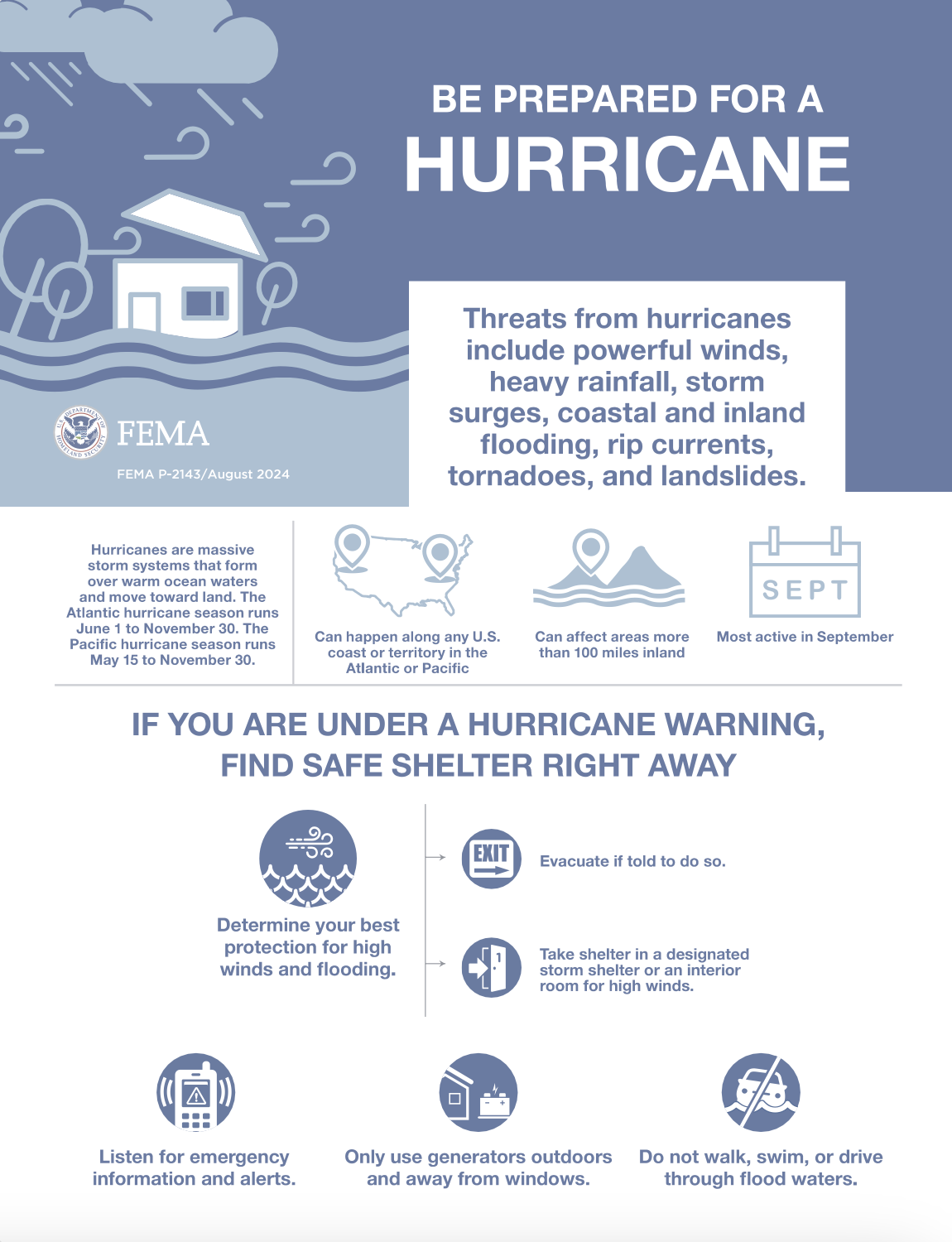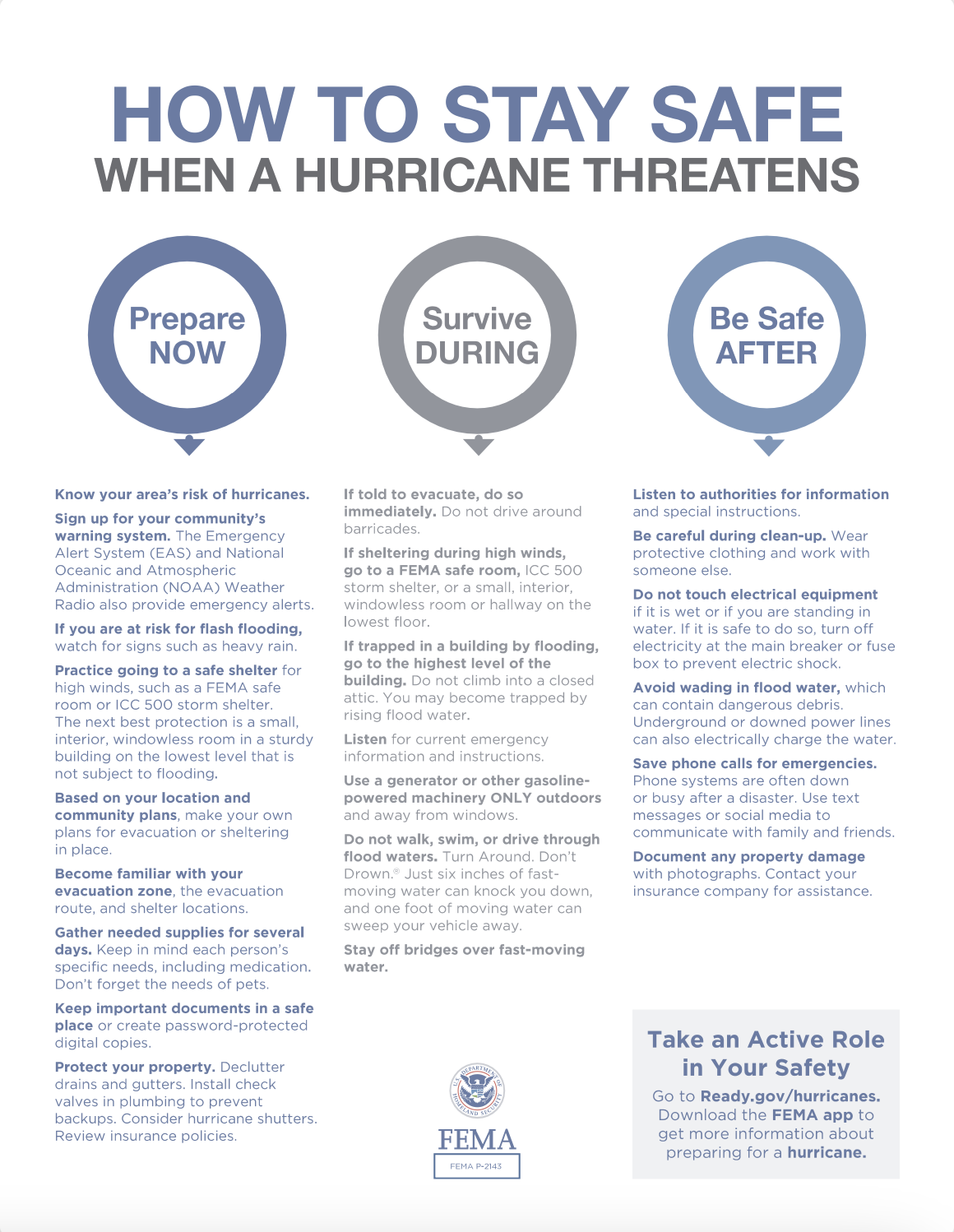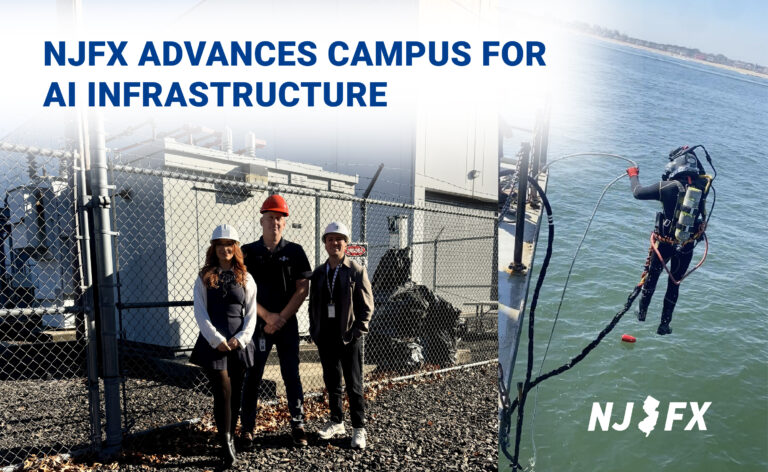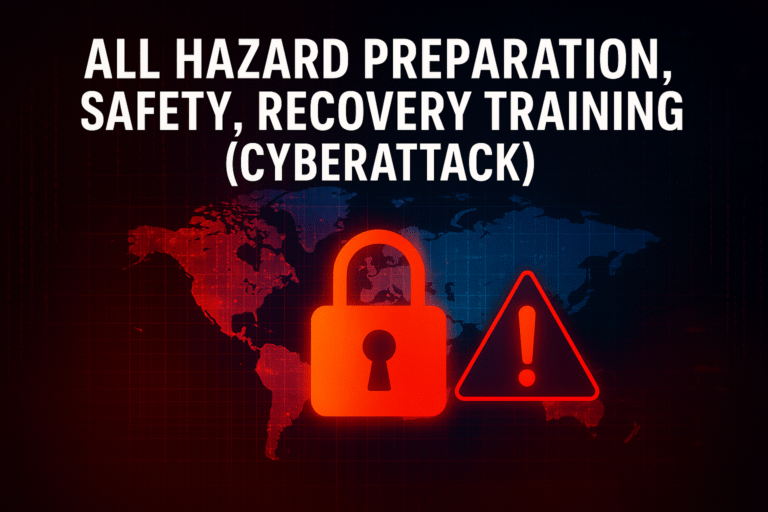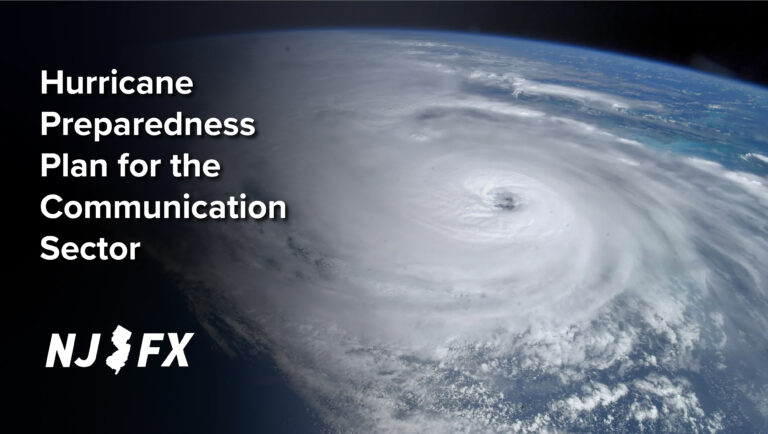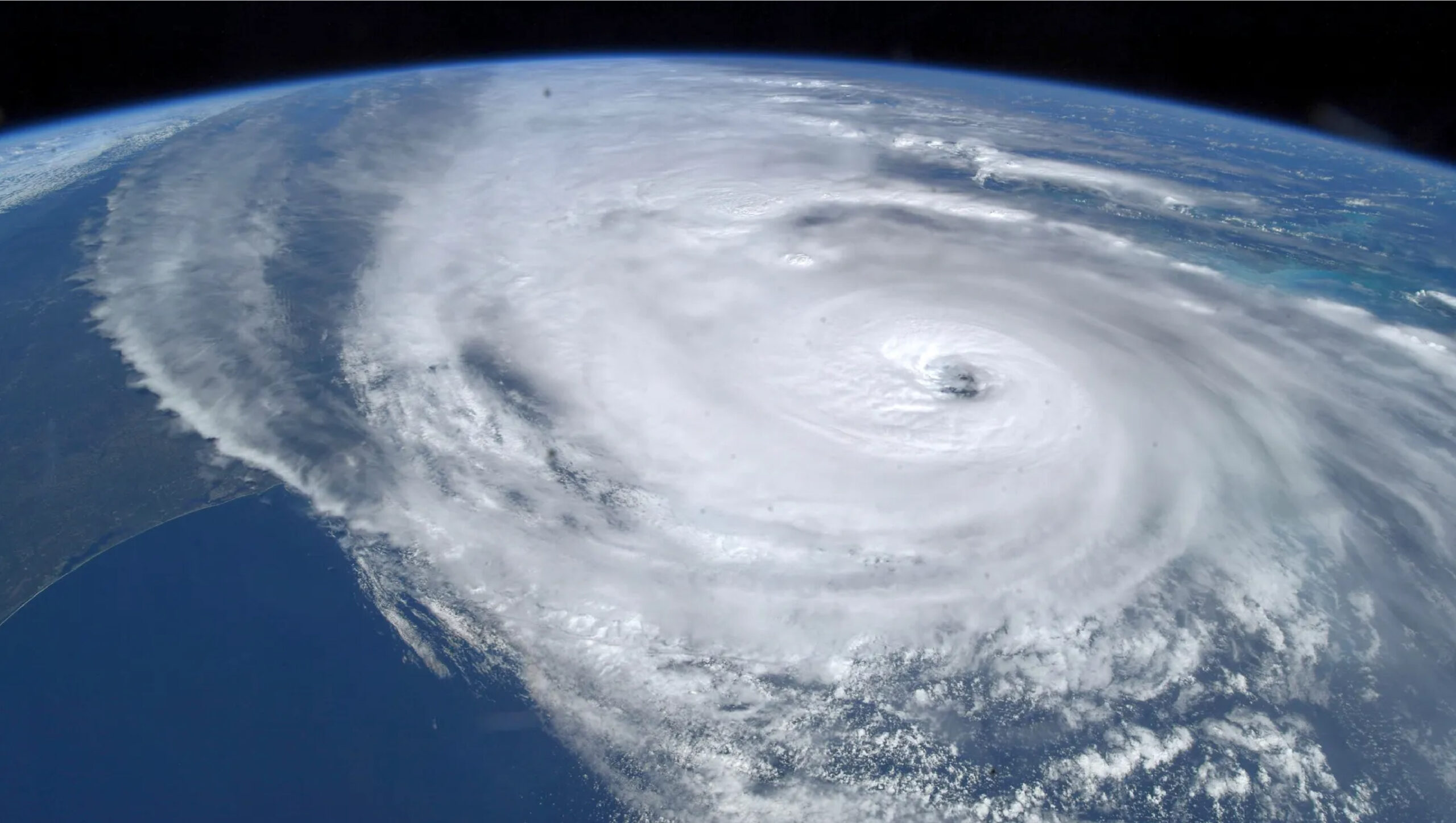
Hurricane Preparedness Plan for the Communication Sector
Building Resilient Communications Infrastructure
Extreme weather events like hurricanes pose significant threats to the telecommunications sector, where uninterrupted connectivity is critical for businesses, emergency responders, and communities. A robust preparedness plan ensures that telecom operators can minimize downtime, protect assets, and safeguard public safety.
Purpose and Scope
This guide provides a structured approach for hurricane preparedness in telecommunications, covering risk assessment, infrastructure protection, operational response, and recovery strategies.
Objectives
- Minimize service interruptions during hurricanes
- Protect critical infrastructure and data
- Ensure safety and readiness of staff
- Maintain communication continuity for stakeholders
Stakeholders Involved
Preparedness requires coordination between network operators, data center managers, subsea and terrestrial fiber providers, government agencies (OEM, FEMA, local police/fire), customers, and the broader community.
I. Preparation Phase
A. Risk Assessment & Planning
- Identify critical assets (cable landing stations, data centers, towers, subsea systems).
- Conduct =vulnerability analysis for structural, environmental, and geographical risks.
- Establish communication dependencies, including PACE (Primary, Alternate, Contingency, Emergency) plans and succession protocols.
B. Infrastructure Protections
- Fortify facilities with windproofing, flood barriers, and elevated systems.
- Ensure backup power redundancy with generators, UPS, and fuel reserves.
C. Data and System Backup
- Schedule regular backups to cloud-based platforms.
- Validate backup integrity to avoid corrupted or inaccessible data during crisis.
D. Staffing & Training
- Define roles within the Emergency Action Plan.
- Conduct hurricane-specific drills.
- Maintain a communication priority list to streamline decision-making.
E. Communication and Coordination
- Establish channels with local authorities, utilities, and emergency services.
- Pre-notify personnel and stakeholders of plans.
- Coordinate with fiber operators and providers to align response actions.
F. Inventory & Equipment
- Maintain an updated inventory of spare parts and repair tools.
- Pre-position critical hardware and portable power sources.
II. Response Procedures
A. Monitoring & Alerts
- Track weather developments through official channels.
- Activate internal alerts once hurricane watches/warnings are issued.
B. Activation of Emergency Operations
- Follow activation protocols for team mobilization and asset reinforcement.
- Support staff life-safety needs with 72-hour resource reserves.
C. Communication Management
- Use redundant communication systems (satellite, radio, mesh).
- Provide real-time updates to customers and stakeholders.
D. Infrastructure Management
- Secure and shut down non-essential systems.
- Assign ops teams for rapid-response repairs.
E. Data Integrity & Security
- Safeguard data accessibility.
- Monitor for cyber vulnerabilities during outages.
III. Recovery Procedures
A. Damage Assessment
- Inspect infrastructure post-storm, documenting impacts for insurance and regulatory purposes.
- Prioritize restoration of critical network pathways.
B. Restoration of Services
- Coordinate with subsea and terrestrial partners for fast repair.
- Restore power, cooling, and connectivity in phases.
C. Post-Event Review
- Conduct debriefings to evaluate response effectiveness.
- Capture lessons learned and refine plans.
D. Communication & Reporting
- Provide transparent updates to stakeholders.
- Share service restoration timelines and resilience improvements.
IV. Continuity Planning
- Implement alternate routing and failover systems.
- Establish off-site backup operations in case of primary site compromise.
- Maintain updated emergency contact lists (Wall PD, FD, NJSP, OEM, FEMA).
Lessons from Other Disasters: Wildfire Preparedness in Telecom
While hurricanes dominate East Coast concerns, wildfires have presented parallel risks to telecom infrastructure. For example, a recent wildfire near the Pine Barrens threatened towers supporting mobile and internet services. As flames advanced, operators rerouted traffic through alternative networks to reduce outages.
Despite these efforts, some communities still experienced temporary blackouts—limiting access to evacuation alerts and emergency notifications. This underscored the need for redundant systems, fireproof infrastructure, and emerging mesh technologies that can maintain connectivity even when physical assets are compromised.
Similar to hurricane planning, wildfire preparedness requires proactive measures: clearing vegetation near facilities, equipping sites with portable power, and ensuring staff safety. Both scenarios emphasize one key truth: telecom resilience is public safety resilience.
Hurricane preparedness in the telecom sector is not optional—it is mission-critical. By investing in robust infrastructure, planning for contingencies, and learning from other disasters like wildfires, operators can safeguard networks that millions rely on for communication, safety, and stability.
Resilient critical infrastructure is the backbone of modern society. As weather patterns grow more unpredictable, preparation ensures continuity when it matters most. See below on how to prepare and stay safe.
Latest News & Updates
Stay informed with the latest press releases, industry news, and more.

